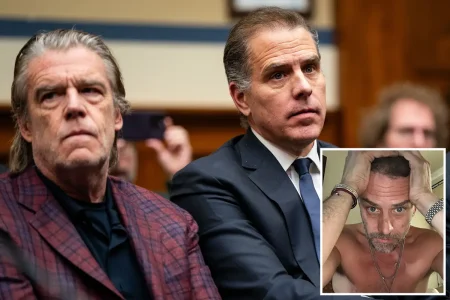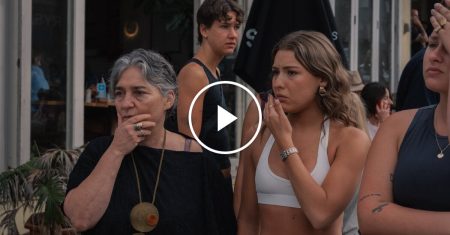The Impact of Presidential Declaration on the Ongoing Political Crisis
In a significant development that has reshaped the dynamics of the ongoing political standoff, President Trump recently acknowledged that the government closure has been detrimental to his party’s position. This rare admission, made on Tuesday, has had the unexpected effect of strengthening Democratic determination rather than facilitating a resolution. The timing of this statement appears to have temporarily halted progress in negotiations that were aimed at ending the crisis, which has now stretched longer than many political observers had initially anticipated. The President’s candid assessment of the political fallout has created a complex new reality for lawmakers on both sides of the aisle who have been working to find a path forward.
The Democrats, seemingly emboldened by the President’s acknowledgment of political damage, have adopted a more steadfast position in the ongoing talks. This hardening of resolve comes at a critical juncture when many citizens had hoped for signs of compromise from both major parties. Political analysts note that when one side in a negotiation publicly admits disadvantage, it typically creates an opportunity for resolution. However, in this case, the opposite has occurred, with Democrats apparently interpreting the statement as validation of their strategic approach to the impasse. This development illustrates the often counterintuitive nature of high-stakes political negotiations, where statements intended to demonstrate candor can sometimes complicate rather than simplify the path to agreement.
The temporary cooling of discussions follows weeks of intense but unproductive negotiations that had left many American citizens frustrated with the political process. Before the President’s statement, there had been cautious optimism in some quarters that the two sides were inching toward a compromise solution that would address core concerns while allowing both parties to claim certain victories. That fragile progress now appears to be on hold as both sides reassess their positions in light of the President’s remarks. The delay is particularly concerning for thousands of government employees and contractors whose financial security continues to hang in the balance as the closure extends beyond previous expectations.
What remains unclear is whether this setback represents a brief tactical pause or a more significant derailment of the negotiation process. Historical patterns suggest that such political crises eventually reach resolution points when public pressure becomes too great to sustain partisan positions. However, the unique aspects of this particular standoff, including the President’s unusual public assessment of political damage, make it difficult to predict how quickly talks might resume with productive intent. Behind the scenes, staff-level discussions likely continue, even as the more visible aspects of negotiation have temporarily stalled following Tuesday’s developments.
For everyday Americans observing this political drama, the President’s statement and its aftermath represent yet another chapter in what has become an increasingly frustrating situation. The immediate impact of his words – stiffening Democratic resolve rather than facilitating compromise – highlights the unpredictable nature of crisis communications in highly polarized political environments. Citizens across the political spectrum have expressed growing impatience with both parties’ apparent inability to prioritize resolution over political positioning, especially as the human and economic costs of the closure continue to mount nationwide.
As this situation continues to evolve, the key question becomes whether acknowledging political damage will ultimately prove to be a turning point toward resolution or merely another complicating factor in an already difficult negotiation. The coming days will reveal whether Tuesday’s apparent setback represents a temporary obstacle or a more fundamental change in the dynamics between the parties. What remains certain is that public pressure for a resolution will continue to build, potentially creating new incentives for lawmakers to move beyond the current impasse and find a sustainable path forward that addresses core concerns while allowing government operations to resume.










